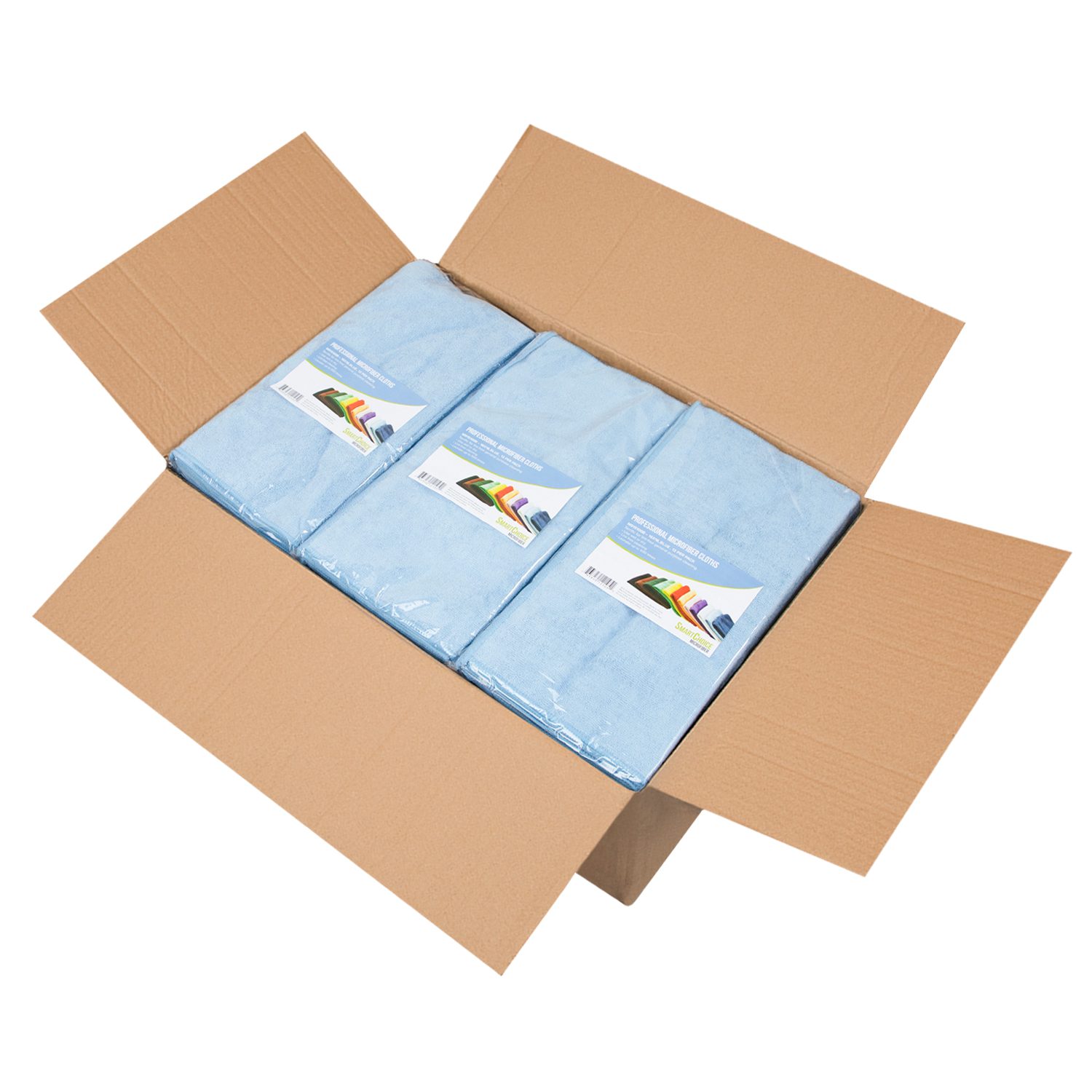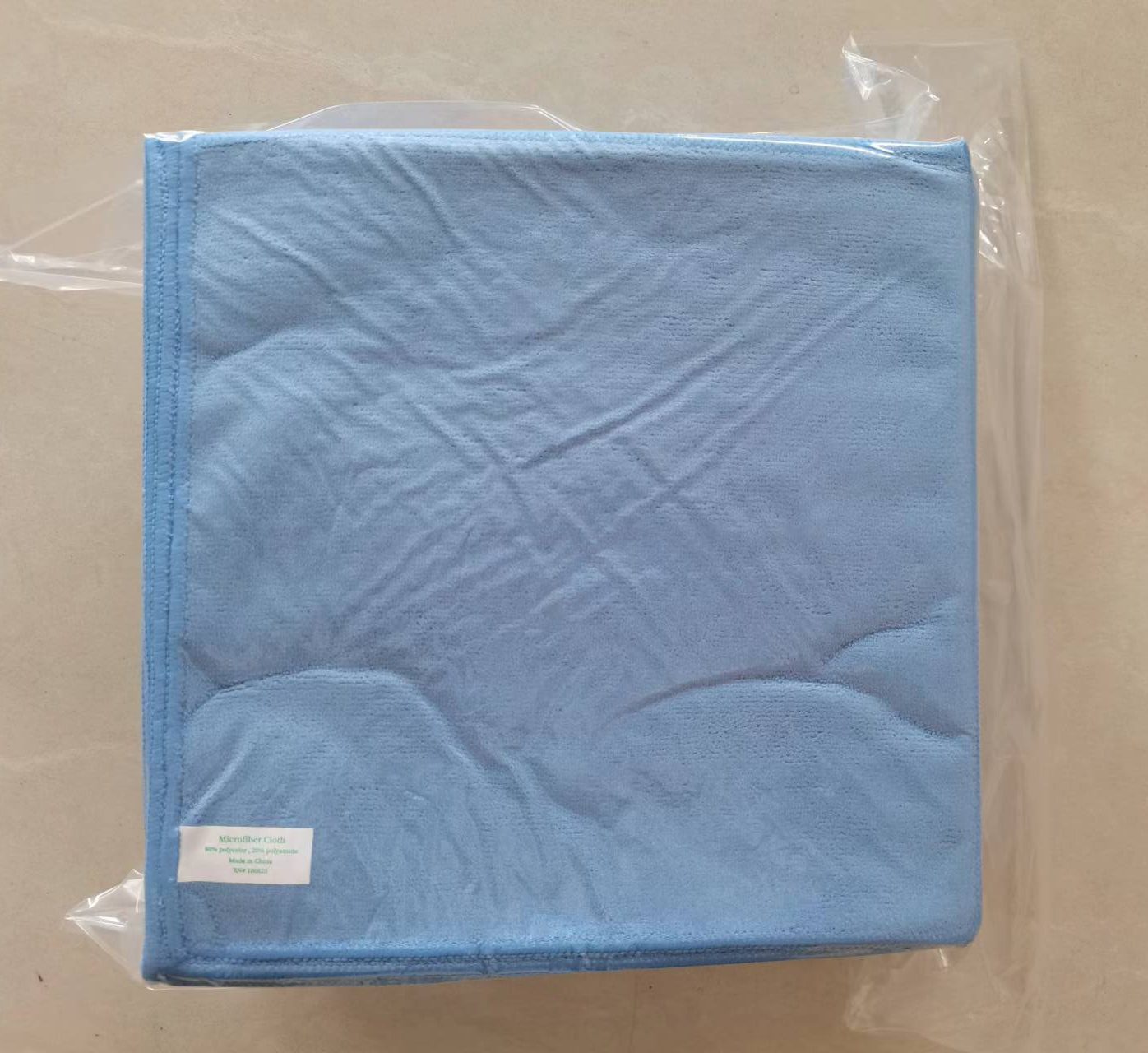What are compressed microfiber cloths?
Actually, that is the wrong question. You can compress any material. The correct question to ask is, how are compressed microfiber cloths processed, packed, and shipped! Take your typical 80% polyester, 20% polyamide blue 12″ x 12″ microfiber cloth. Rather than being placed in dozen bags, compressed microfiber cloths are typically bundled as a 50 pack flat, placed in a sealable plastic bag, compressed between two metal plates, and vacuum-sealed. Finally, the bag is heat-sealed to keep the vacuum pressure and labeled with your choice of label. The resulting reduction in volume means that factories can fit up to 65% more products into a shipping container.
The price to produce compressed microfiber is higher. However, the freight savings are greater, and if you do not intend to sell microfiber through retail channels, you will benefit from cost reductions and the ability to store more (of anything) in the warehouse.
If you have not yet take our survey, please do take three minutes to let us know what your compressed microfiber cloth needs are. Also, let us know about any other problems you are facing with sourcing the textiles you need to run your business. Our robust sourcing department is happy to help.



